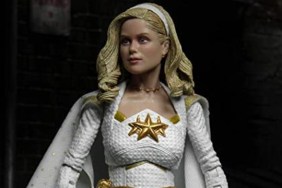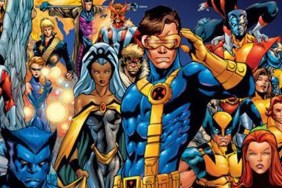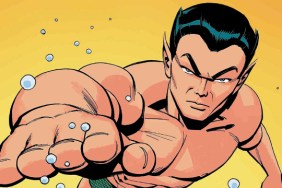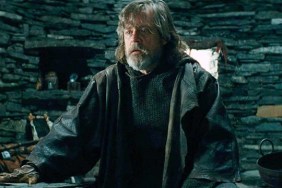Any list claiming to compile The 15 Best Superhero Comic Book Covers is doomed from the get-go, since you’re dealing with an artform that has amassed tens of thousands of issues over the past eight decades. That’s a lot of dedicated readers of all ages that are NOT going to see their favorite cover on this list.
What they WILL see are fifteen stunning works of graphic art by…





